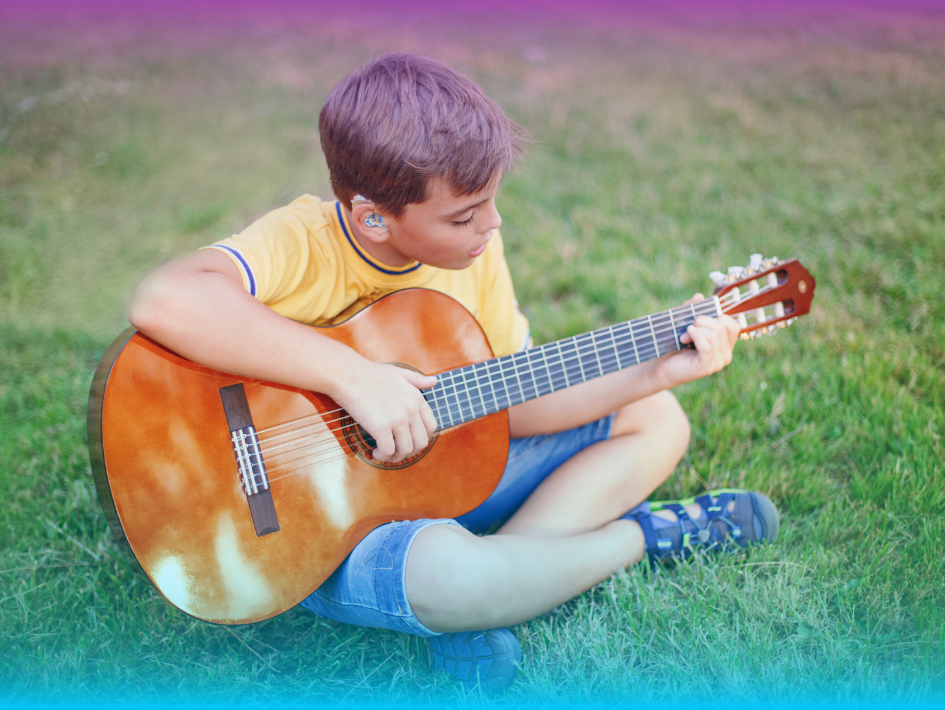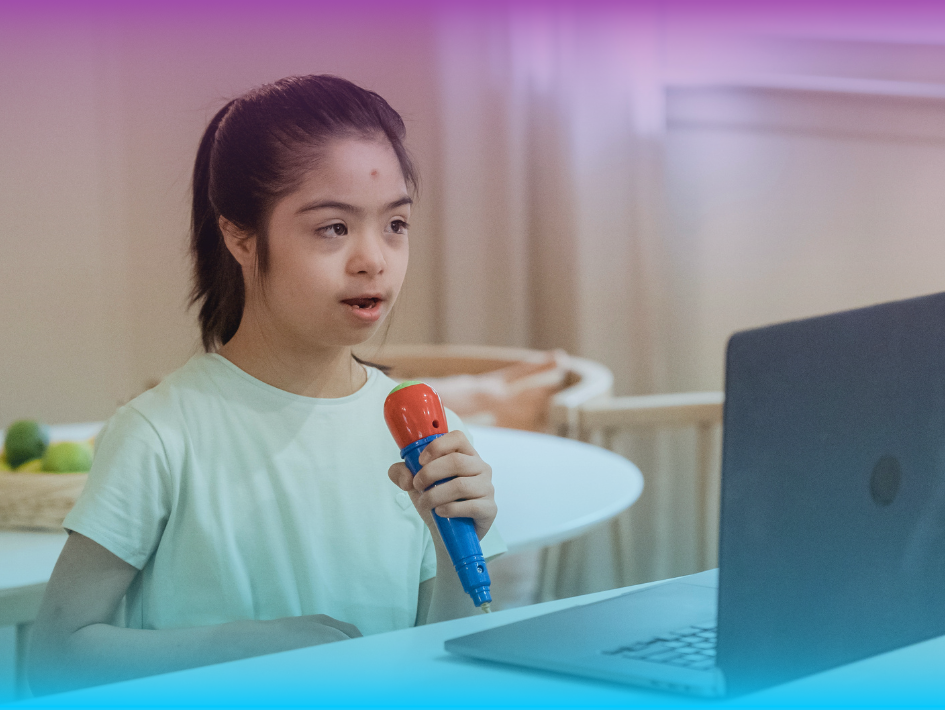Music helps students express themselves, supports learning, and fosters creativity. However, students with learning disabilities might need their lessons to be adapted to their individual needs. These changes ensure that all students can enjoy and engage with music therapy, no matter their challenges.
Teachers need to modify lessons based on each student’s learning style. This article will explore practical tips for teaching music lessons to students with learning disabilities. Using strategies from special education and
music teachers can create a more inclusive classroom experience for everyone.
Understanding Learning Disabilities in Education
A learning disability means that someone’s brain processes information differently. This can affect things like reading, writing, focusing, or listening. In the music classroom, learning disabilities can make some activities harder, but with the right support, students can still succeed.
Here are some common learning disabilities that might affect students:
- Dyslexia: Students may find it hard to read symbols or notes.
- ADHD: Students may have trouble focusing and might get distracted easily.
- Auditory Processing Disorder: Students may have trouble distinguishing between sounds or rhythms. This difficulty can make learning songs more challenging. It may also affect their ability to play instruments effectively.
- Cerebral palsy: Students with this condition may have challenges related to motor skills. These difficulties can affect their ability to play instruments. It may also hinder their participation in certain activities requiring fine motor control.
Every student learns in their own way, so finding what works best for them is essential.
Creating a Supportive Learning Environment
For students with learning disabilities, having a safe and welcoming classroom is vital. Here are a few ways to improve the learning environment:
- Limit Distractions: Ensure the room is free from distractions like loud noises or clutter. This can help students stay focused, especially those with ADHD.
- Have a Clear Structure: Start each lesson by explaining what will happen. Use step-by-step instructions and visual aids to help students follow along.
- Give Positive Feedback: Praise students for their efforts, even if the improvement is small. This helps build their confidence over time.
Adjusting Teaching Methods for Individual Needs
- For Dyslexia:
- Use Color-Coding: Assign colors to different notes or patterns to help students recognize them.
- Simplify Sheets: Use larger fonts or more straightforward versions of lessons to make reading easier.
- Learning by Ear: Let students listen to their favorite songs and patterns to help them learn.
- For ADHD:
- Shorter Lessons: Break lessons into shorter parts with quick breaks to prevent restlessness.
- Incorporate Movement: Add activities like clapping or tapping to help students stay engaged.
- For Auditory Processing Disorder:
- Visual Aids: Use charts or videos to support what you're teaching.
- Repetition: Go over the same sections multiple times to help students understand rhythms and songs better.
Using Multisensory Learning Approaches
Multisensory learning means engaging multiple senses—like sight, sound, and touch—while teaching. This method is highly effective for students with learning disabilities. Here are ways to use multisensory learning:
- Hands-On Instruments: Encourage students to play drums or tambourines. This helps them experience both the feel and sound of the instrument.
- Visual Aids: Use flashcards or charts to explain musical concepts.
- Movement: Let students clap or tap to rhythms to understand patterns better.
Using Technology in Music Education
Technology can be an excellent tool for students with learning disabilities. Here are some tech options:
- Digital Tools: Apps that let students adjust speeds can help them practice independently.
- Metronome Apps: For students struggling with timing, these apps can help them stay on beat.
- Recording Software: Students can record themselves and listen back to see where they need improvement.
For example, Muzeg offers digital resources that help teachers adapt their lessons to students with special needs. Our interactive tools make learning more engaging and accessible.
Flexible Ways to Track Progress
Standardized tests may not show how much a student with learning disabilities has learned. Here are better ways to track progress:
- Performance-Based Assessments: Evaluate students on how well they can perform their tasks. Avoid relying only on written tests to assess their skills.
- Project-Based Learning: Ask students to create songs or participate in group projects.
- Ongoing Feedback: Give regular feedback instead of waiting until the end of the term.
Encouraging Creativity and Expression
Expressing emotions is an essential part of learning. Here are ways to encourage creativity in students:
- Improvisation: Let students make up their rhythms or patterns.
- Writing: Invite students to create their work or lyrics.
- Group Work: Have students work together on projects to build teamwork and social skills.
Working with Families and Specialists
Working closely with parents and specialists, like therapists or special education teachers, helps ensure each student gets the support they need. This collaboration is vital to creating
adapted learning experience for every child.
Key Takeaways
- Adapting lessons is essential for students with learning disabilities.
- Using multisensory techniques helps students understand and remember better.
- Flexible assessments, assistive technology, and creativity support student success.
Try Muzeg’s Music Resources
Looking for ways to adapt your music lessons for students with learning disabilities? Muzeg offers helpful tools and resources to make your classroom more engaging and inclusive.
Visit Muzeg to explore how you can make music education accessible for every student.
Final Thoughts
Adapting music lessons for students with learning disabilities requires a creative approach. Flexibility is also vital in adjusting to each student's unique needs. Patience plays a vital role in helping students learn at their own pace. Music educators can build an inclusive environment for students. Incorporating multisensory learning techniques ensures students engage on multiple levels.
Assistive technology can enhance learning experiences for those who need additional support. Flexible assessment methods allow educators to evaluate student progress better. Programs like Muzeg offer resources to help lessons and make music education accessible.

